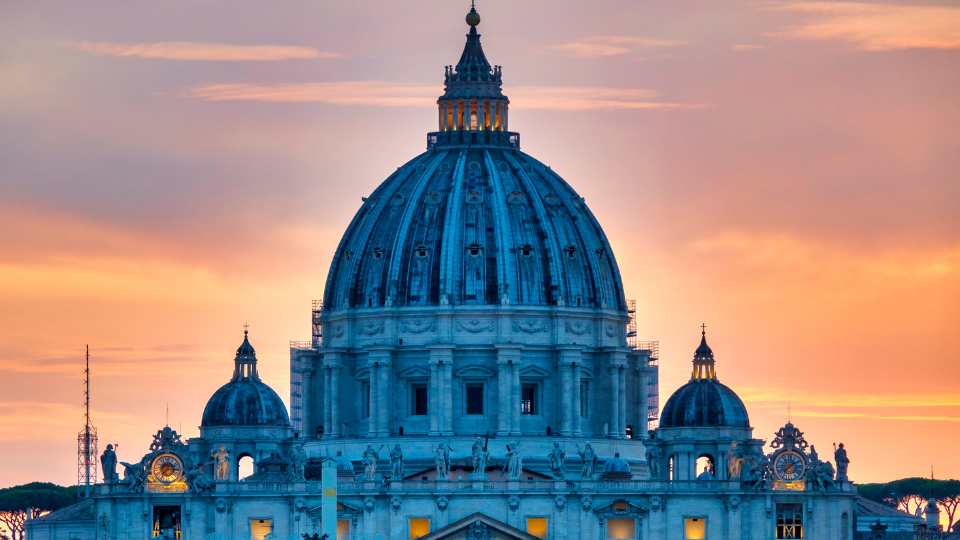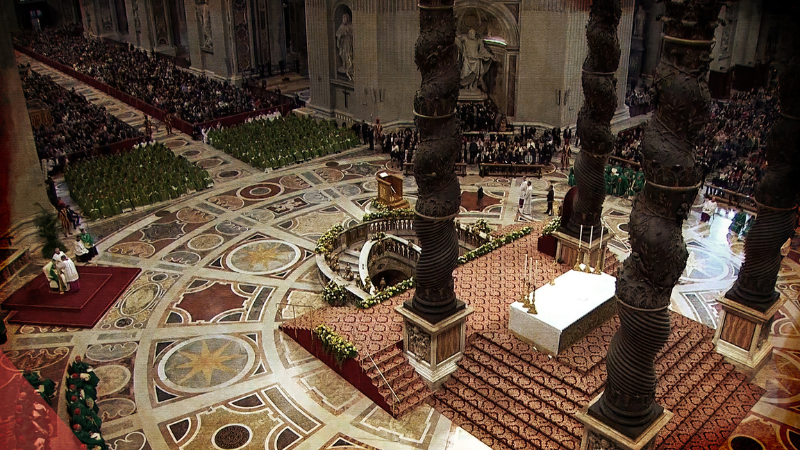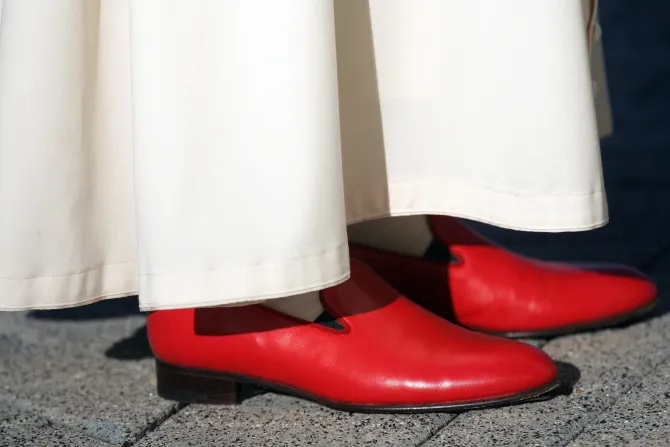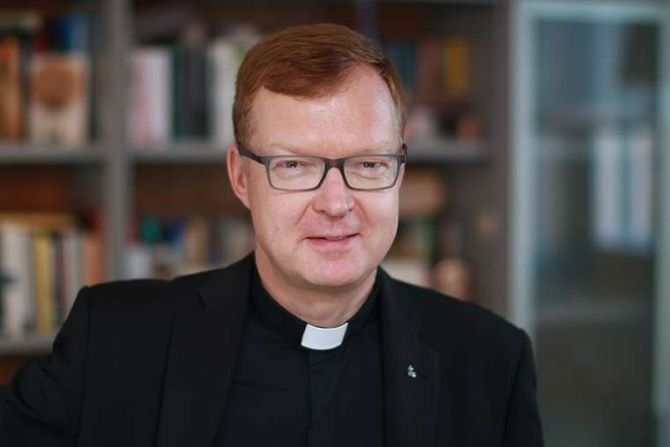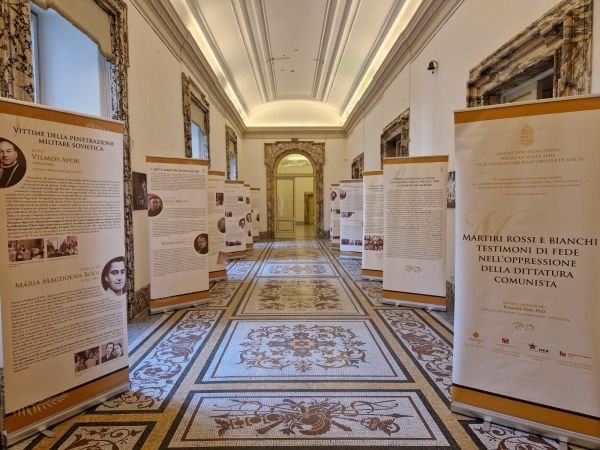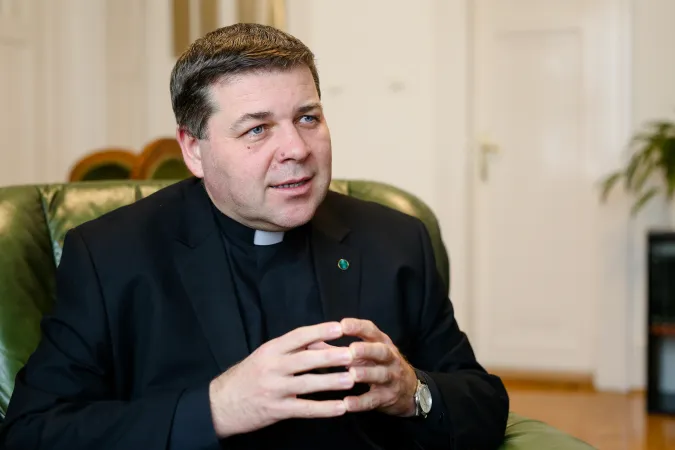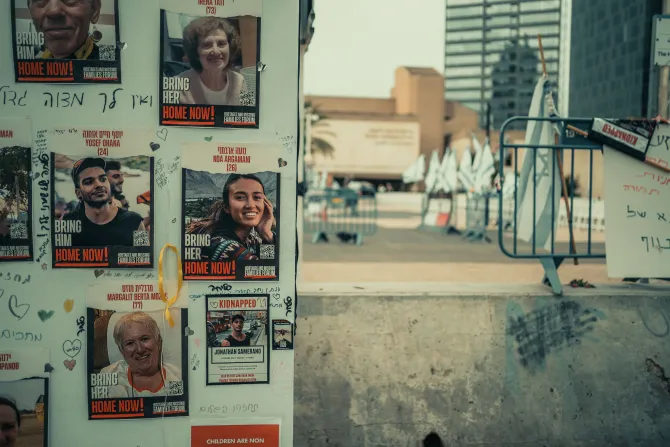The Apostolic Constitution Praedicate Evangelium, implemented by Pope Francis to reform the Curia and now in effect for a year, no longer includes the office of the Apostolic Camera, which “carries out mainly the functions assigned to it by the special law concerning the vacant Apostolic See.”
To understand whether this constitutes a complete abolition or a transfer of its functions to other offices, Acistampa spoke with canon lawyer Rosario Vitale, MSC, founder of the online periodical Vox Canonica, dedicated to studying canon law.
In the Praedicate Evangelium, the Apostolic Camera, which was regulated in Pope John Paul II’s Pastor Bonus, has disappeared. Has the Pope effectively abolished it?
Yes, if we carefully read the new Apostolic Constitution Praedicate Evangelium, we realize that the office of the Apostolic Camera, which was mentioned in Article 171 of the now outdated Apostolic Constitution Pastor Bonus by Pope John Paul II, is not present. It is, therefore, permissible to think that it has been abolished. However, it is more accurate to say that its functions have been assumed by the Camerlengo of the Holy Roman Church (Article 12 § 3), who becomes, in all respects, a stable Office of the Roman Curia. He will be assisted in his functions by the particular Congregation, but let’s delve into the details.
Article 235 § 3 of the Apostolic Constitution Praedicate Evangelium states: “In fulfilling the offices assigned to him, the Cardinal Camerlengo of the Holy Roman Church is assisted, under his authority and responsibility, by three Cardinal Assistants, one of whom is the Cardinal Coordinator of the Council for the Economy, and the other two are appointed according to the procedure provided for in the regulations concerning the vacancy of the Apostolic See and the election of the Roman Pontiff.” The document referred to in the Article mentioned above 235 § 3 is the Apostolic Constitution Universi Dominici Gregis, which states in number 7 of Chapter II: “The particular Congregation consists of the Cardinal Camerlengo of the Holy Roman Church and three Cardinals, one for each Order, drawn by lot from the Cardinals already present in Rome. The term of office for these three Cardinals, called Assistants, ends on the third day, and then, by drawing lots again, others succeed them with the same term of expiration, even after the start of the election.”
Therefore, it is clear that the office of the Apostolic Camera has effectively been replaced by that of the Camerlengo of the Holy Roman Church with the collaboration of the particular Congregation contemplated and regulated by the Universi Dominici Gregis. What catches the eye is that according to the Universi Dominici Gregis, the three Cardinal Assistants must be drawn by lot every three days. However, the Praedicate Evangelium provides for at least one ex officio member of this “triumvirate,” namely the Coordinator of the Council for the Economy, a position currently held by Cardinal Reinhard Marx, who belongs to the order of priests. Therefore, the remaining two Cardinals will have to be drawn by lot from those belonging to the diaconal and episcopal orders.
In fact, there is an imprecision because the Praedicate Evangelium, as we have seen, includes a fixed member of this “triumvirate.” At the same time, the Universi Dominici Gregis prescribes that these three Cardinals must be drawn by lot every three days. Indeed, this is one of those unclear rules since, in all probability, the Supreme Legislator intends to update the Apostolic Constitution concerning the vacancy of the Apostolic See and the election of the Roman Pontiff.
The functions of the Apostolic Camera were specific, especially during the vacant See…
These functions have remained the same to this day, as the Universi Dominici Gregis, which regulates them, continues to be the document governing the vacant See and the election of the Roman Pontiff. During the vacant See, the former Apostolic Camera, now entirely replaced by the Office of the Camerlengo of the Holy Roman Church assisted by three Cardinals, is responsible for preparing the authentic document or act of the Pope’s death, drafting the document regarding the burial of the Pope’s body, and of course, dealing with all ordinary affairs, but only those of lesser importance, as all others are entrusted to the College of Cardinals.
Therefore, it is conceivable that it will be necessary to amend the Universi Dominici Gregis, which regulates the vacant See?
I want to believe that in the not-too-distant future, those responsible are working on updating the Universi Dominici Gregis as well, as we have seen how the new Apostolic Constitution Praedicate Evangelium has undoubtedly changed much of the curial structure as well as the functional perspective of various offices.
The figure of the Camerlengo remains central. With these modifications, does his function and weight change? And in what way?
With the new Apostolic Constitution Praedicate Evangelium, the role and responsibilities of Cardinal Camerlengo are not changed; he maintains exactly what is established in the Universi Dominici Gregis, with the only difference being that he is now an official structure of the Roman Curia.

